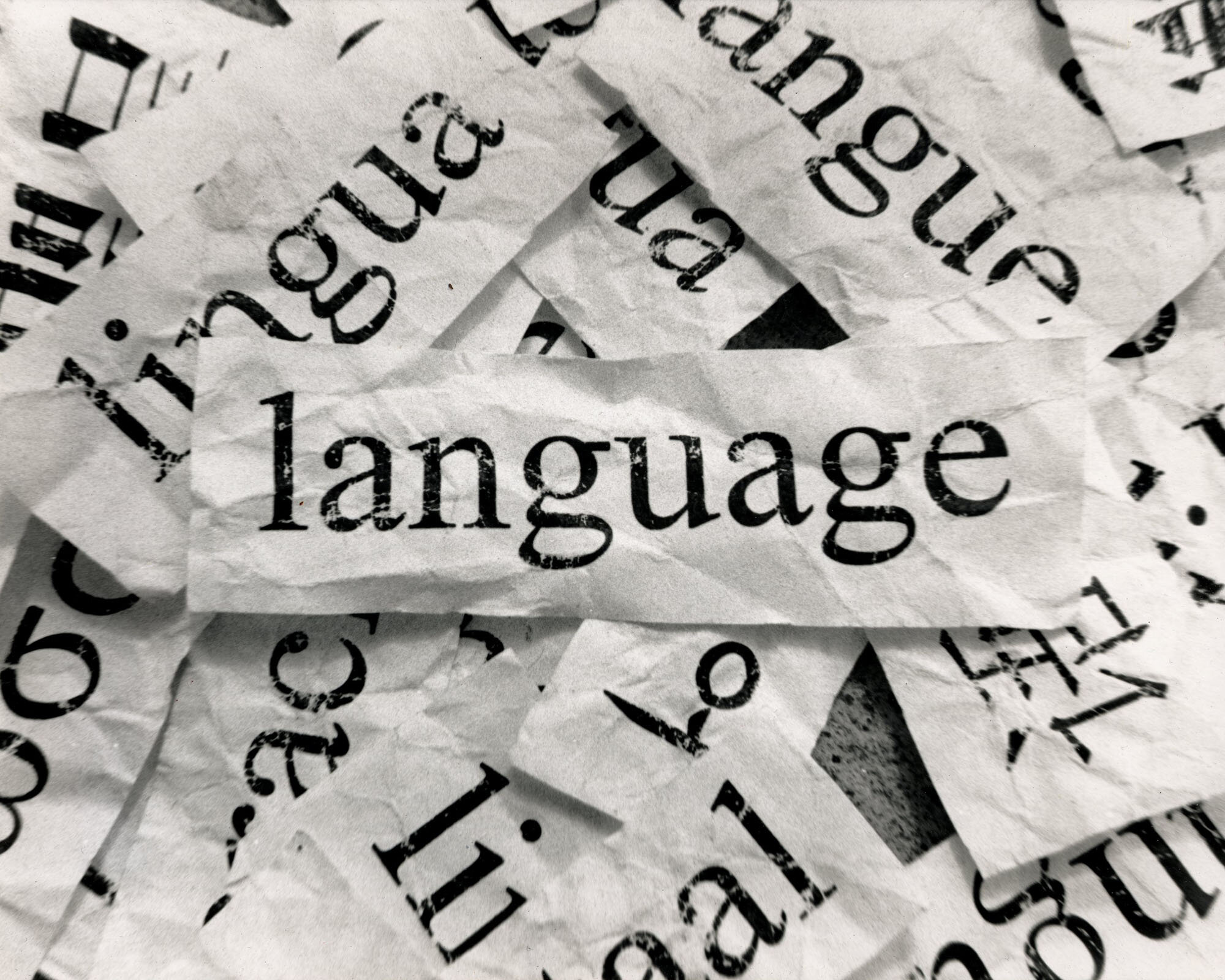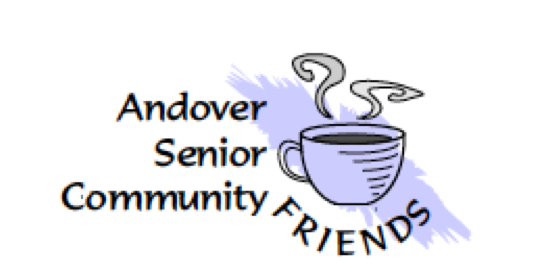
Introduction
Some of the following materials are specifically designed for persons whose native language is Chinese.
Lesson 6
Section 1
Social Greetings in the English Language
Greetings are used to say hello in English. It's common to use different greetings depending on whether you greet a friend, family or a business associate.
When you meet friends, use informal greetings.
If it's really important, use formal greetings. Formal greetings are also used with people you do not know very well.
Greetings also depend on whether you are saying hello, or you are saying goodbye.
Section 2
Formal Greetings: Arriving
Good morning.”
“Good afternoon.”
“Good evening.”
“How are you?”
“Hello (name).”
“Good day Sir.”
“Good day Miss.”
“Good day Madam.”
“Good day Ma’am.”
Respond to a formal greeting with another formal greeting:
“Good morning, Mr. Smith.”
“Hello Ms. Anderson. How are you today?”
Section 3
Informal Greetings: Arriving
“Hello.”
“Hi.”
“How are you doing?”
“How are you?”
Or very informal:
“What's up?”
It's important to note that the question How are you? or What's up? doesn't necessarily need a response. If you do respond, these phrases are generally expected:
“How are you?” or
“How are you doing?”
“Very well, thank you. And you?” (formal)
“Fine.” or
“Great.” (informal)
“What's up?” (very informal)
“Not much.”
“I'm just…(watching TV, hanging out, cooking dinner, etc.)”
Section 4
Informal Greetings After a Long Time
If you haven't seen a friend or family member for a long time, use one these informal greetings to mark the occasion.
“It's great to see you!”
“How have you been?”
“Long time, no see.”
“How are you doing these days?”
Section 5
Formal Greetings: Departing
Use these greetings when you say goodbye at the end of the day. These greetings are appropriate for work and other formal situations.
“Good morning”
“Good afternoon.”
“Good evening.”
“It was a pleasure seeing you.”
“Goodbye.”
“Goodnight.” (Note: usually used after 8 p.m.)
Section 6
Informal Greetings: Departing
Use these greetings when saying goodbye in an informal situation.
“Nice seeing you!”
“Goodbye.” or
“Bye.”
“See you later.”
“Later.” (very informal)
Here are some short example conversations for you to practice greetings in English. Find a partner to practice and take a role. Next, switch roles. Finally, make up your own conversations.
You and your classmate may be asked to conduct your role play during the class.
Section 7
Greetings in Informal Conversations: Practice Dialogue
Sample 1
Anna: “Tom, what's up?”
Tom: “Hi Anna. Nothing much. I'm just hanging out. What's up with you?”
Anna: “It's a good day. I'm feeling fine.”
Tom: “How is your sister?”
Anna: “Oh, fine. Not much has changed.”
Tom: “Well, I have to go. Nice seeing you!”
Anna: “Later!”
Now listen to the conversation without interruption.
Sample 2
Anna: “Oh, hello Chris. How are you doing?”
Chris: “I'm well. Thanks for asking. How are you?”
Anna: “I can't complain. Life is treating me well.”
Chris: “That's good to hear.”
Anna: “Good to see you again. I need to go to my doctor's appointment.”
Chris: “Nice seeing you.”
Anna: “See you later.”
Now listen to the conversation without interruption.
Section 8
Greetings in Formal Conversations: Practice Dialogue
A: “Good morning.”
B: “Good morning. How are you?”
A: “I'm very well thank you. And you?”
B: “I'm fine. Thank you for asking.”
A: “Do you have a meeting this morning?”
B:”Yes, I do. Do you have a meeting as well?”
A: “Yes. Well. It was a pleasure seeing you.”
B: “Goodbye.”
Now listen to the conversation without interruption.
Section 9
Once you have been introduced to someone, the next time you see that person it is important to greet them. We also greet people as we leave people. In English, there are different ways to greet people in formal and informal situations.
Introduction (first) Greeting: How do you do?
The question 'How do you do' is only a formality. In other words, the question does not need to be answered. Rather, it is a standard phrase used when meeting some for the first time.
Anna: “Peter, I'd like to introduce you to Mrs. Smith. Mrs. Smith this is Peter Thompson.”
Peter: “How do you do?”
Mrs. Smith: “How do you do?”
Use these phrases to say that you are happy to meet someone when introduced for the first time.
“It's a pleasure to meet you.”
“It's nice to meet you.”
Section 10
Greetings after an Introduction: How are you?
Once you have met someone, it's common to use standard greetings such as ‘Good Morning’, ‘How are you?’ and ‘Hello’.
Anna: “Hi Tom. How are you?”
Tom: “Fine, and you?”
Anna: “I'm great.”
Section 11
Introducing Yourself
Learning how to introduce yourself is an essential part of learning how to converse in English. Introductions are also an important part of making small talk at parties or other social events. Introductory phrases are different than the ones we use to greet friends, but they're often used together as parts of the broader conversation, as you'll see.
Introducing Yourself
In this example, Peter and Jane are meeting for the first time at a social event. After greeting each other, they begin by asking simple personal questions.
Working with a friend or classmate, take turns practicing this role-play. Practice by each of you taking a role and reading the questions and answers out loud. Then switch roles and practice reading the other person’s role.
You and your classmate may be asked to conduct your role play during the class.
Peter: “Hello.”
Jane: “Hi!”
Peter: “My name is Peter. What's your name?”
Jane: “My name is Jane. Nice to meet you.”
Peter: “It's a pleasure. This is a great party!”
Jane: “Yes, it is. Where are you from?”
Peter: “I'm from Amsterdam.”
Jane: “Amsterdam? Are you German?”
Peter: “No, I'm not German. I'm Dutch.”
Jane: “Oh, you're Dutch. Sorry about that.”
Peter: “That's OK. Where are you from?”
Jane: “I'm from London, but I'm not British.”
Peter: “No, what are you?”
Jane: “Well, my parents were Spanish, so I'm Spanish, too.”
Peter: “That's very interesting. Spain is a beautiful country.”
Jane: “Thank you. It is a wonderful place.”
Now listen to the conversation without interruption.
Key Vocabulary:
In the previous example, Peter and Jane are introducing themselves. Several important phrases that they use in this exchange are:
My name is...
Where are you from?
I'm from... (city, state, or country)
Are you... (Spanish, American, German, etc.)
Section 12
Introducing Other People, Introductions in Formal Situations
Introductions can occur between more than two people, for example at a party or at a business meeting. When you meet someone for the first time, it is common to greet them by saying, "It's a pleasure to meet you," or "Pleased to meet you." It is polite to respond by repeating the statement back at them, as in this example:
A: “Peter, I'd like you to meet Mary.”
Peter: “It's a pleasure to meet you.”
Mary: “It's a pleasure to meet you too!”
A: “Mary works for the town of Andover.”
Section 13
Introductions in Informal Situations
In informal situations introductions are also made simply saying, "This is (name)." It is also common to just say "Hi" or "Hello" as a response in this informal setting.
A: “Peter, this is Mary.”
Peter: “Hi. How are you?”
Mary: “Hello! Pleased to meet you.”
A: “Mary works for the town of Andover.”
Section 14
Common Introductory Phrases
As you can see in the previous examples, there are a number of different phrases that are commonly used to introduce strangers:
“(name), I don't think you've met (name).”
“I don't think you know (name).”
“May I introduce you to (name).”
“(name), do you know (name)?”
“(name), I'd like you to meet (name).”
